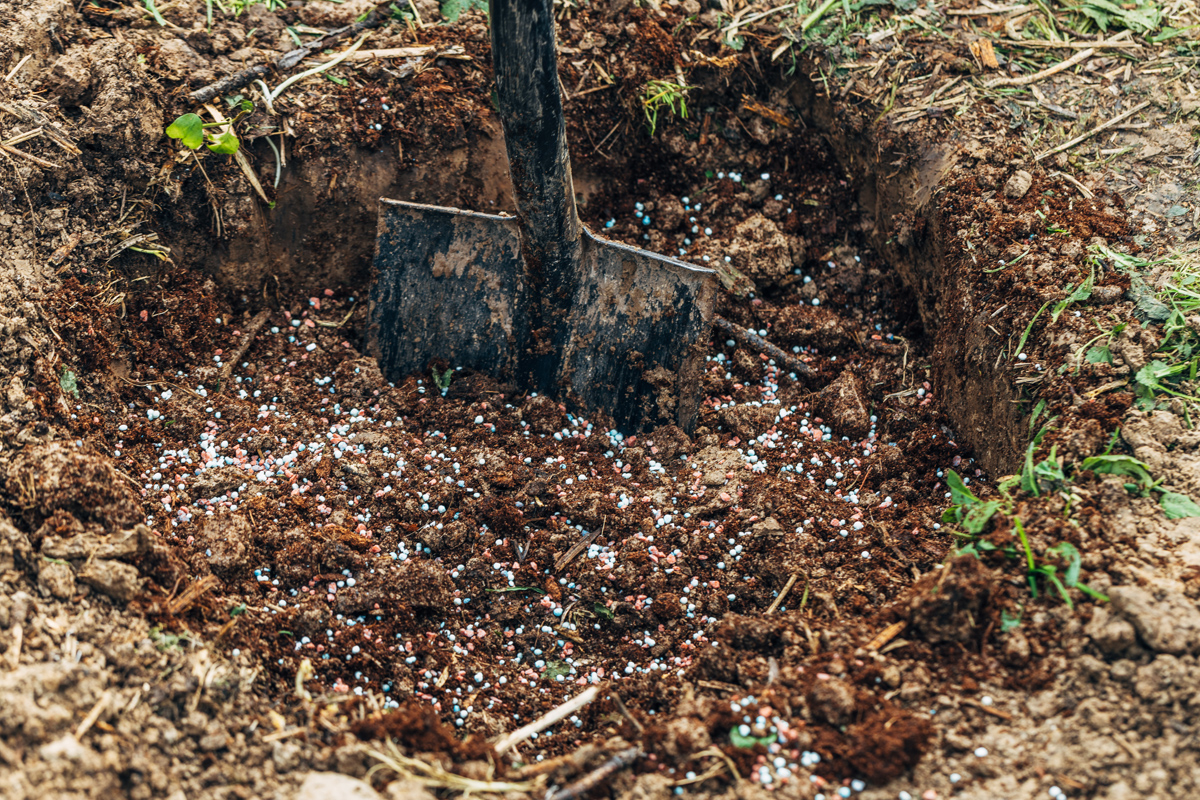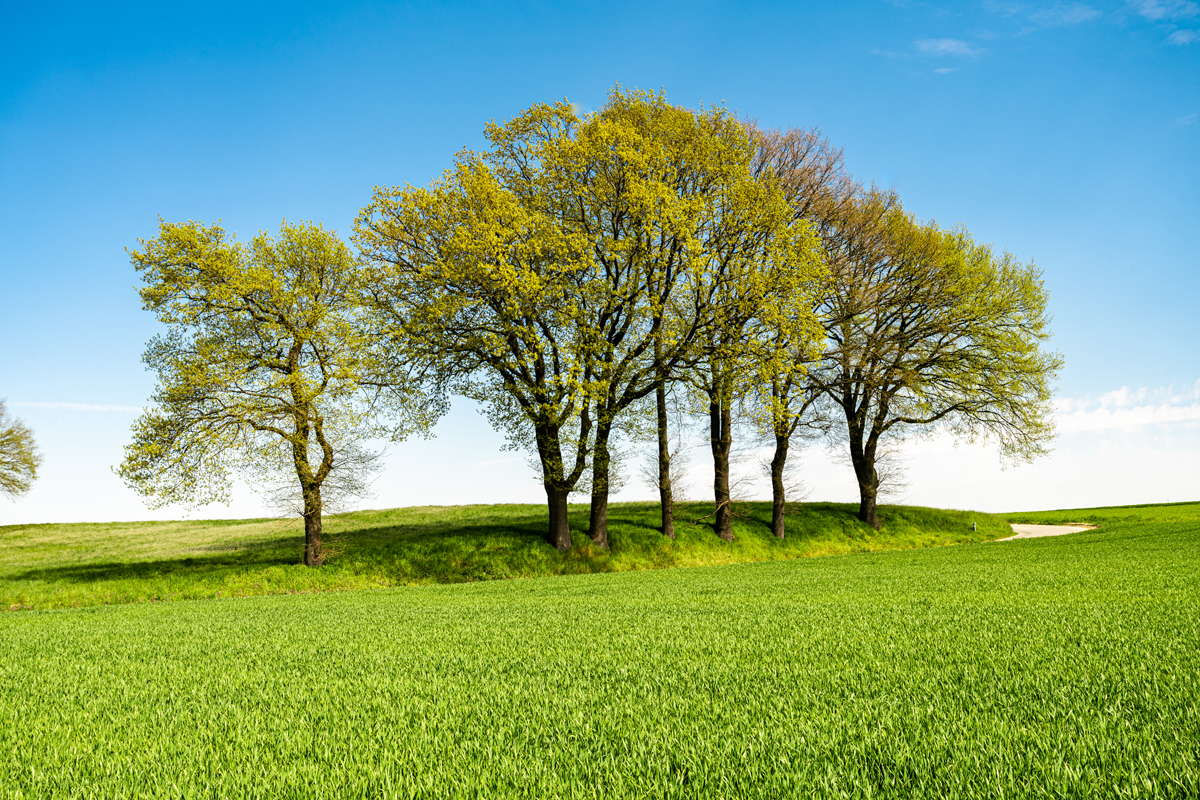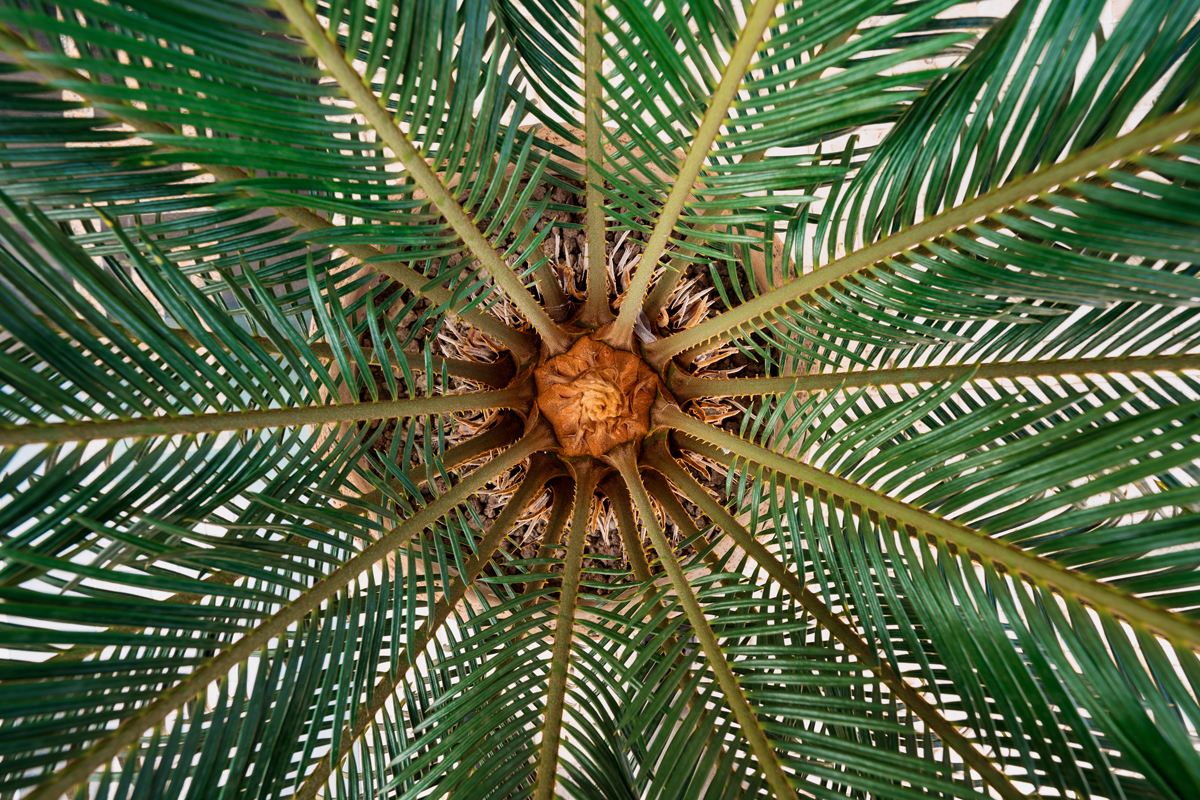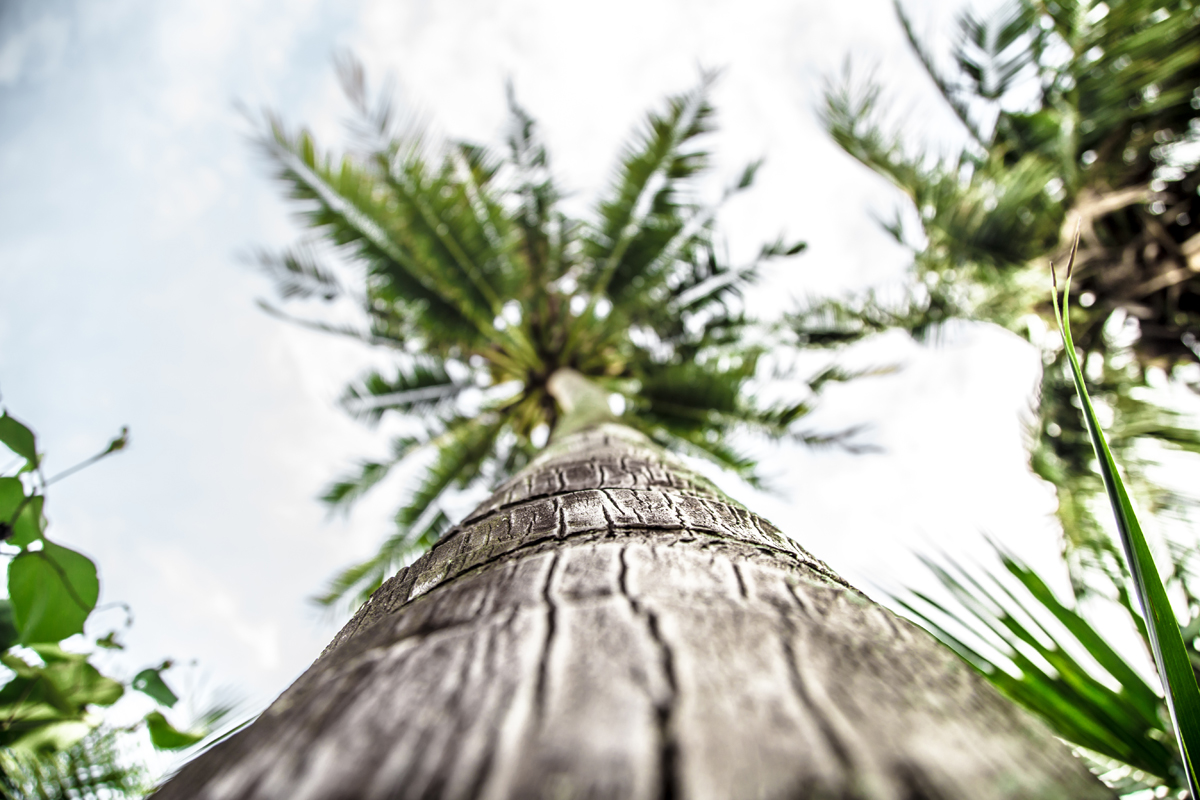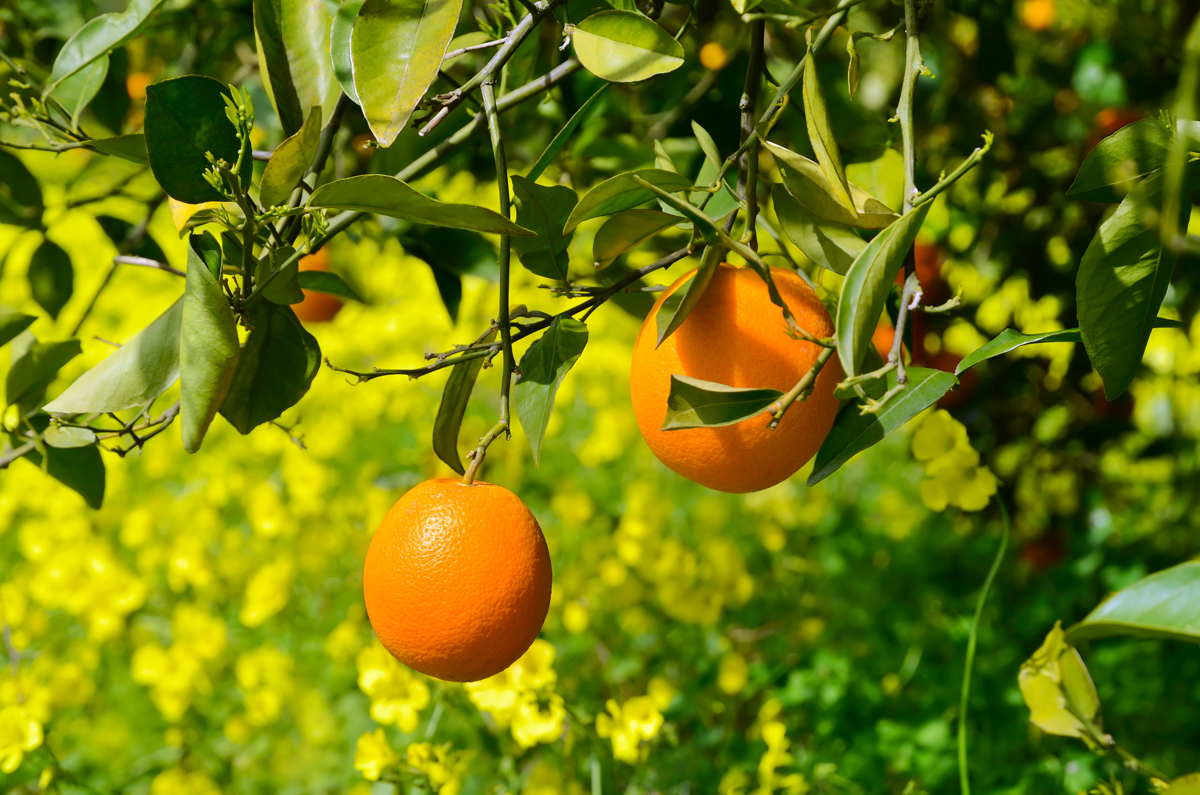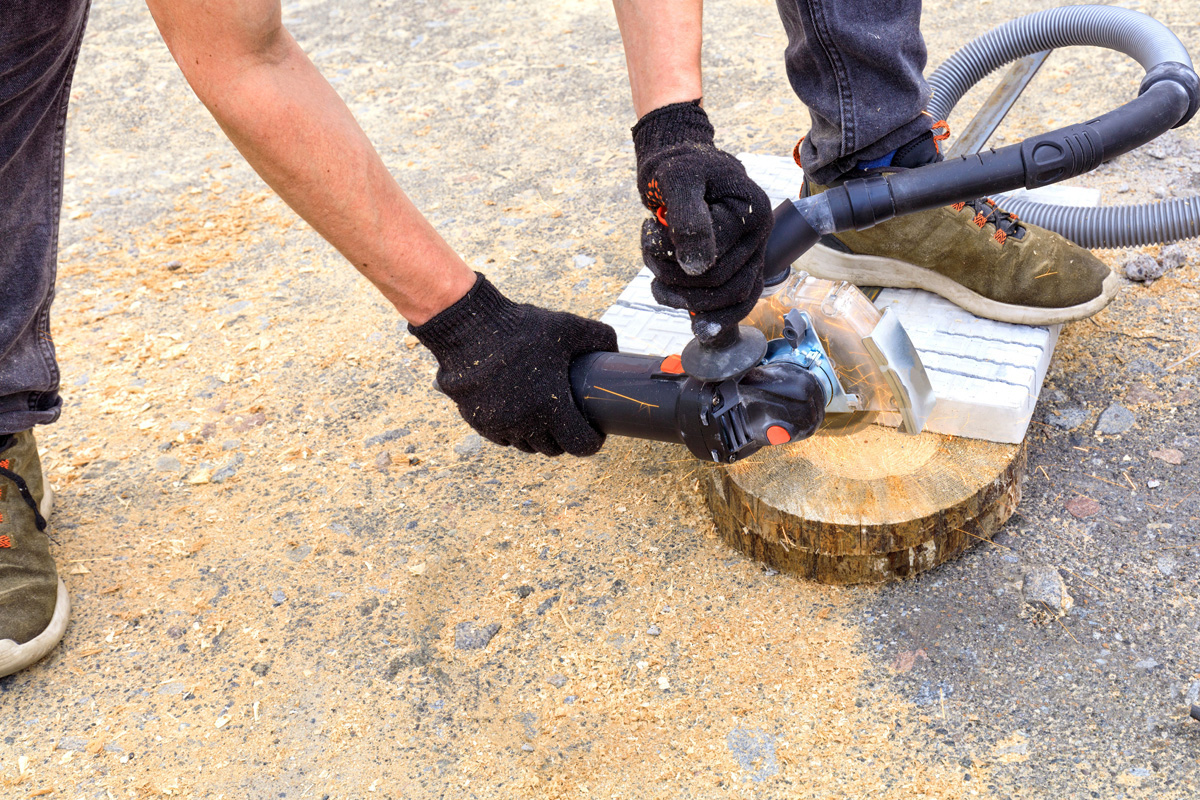
Tree stump grinding can be environmentally beneficial. Here’s why:
- Promotes Soil Health: Grinding down the stump helps it decompose faster, releasing organic matter into the soil that improves its quality and fertility. This can be beneficial for any future plants or trees in the area.
- Prevents Pests: Stumps left to rot attract pests like termites, beetles, and ants, which can spread to nearby plants or buildings. By grinding the stump, you reduce the risk of infestation.
- Encourages Reforestation and New Plantings: Removing old stumps allows for the planting of new trees or other vegetation in their place. New plantings help maintain ecological balance, absorb carbon dioxide, and provide habitat for wildlife.
- Recycles Organic Material: The mulch created by grinding can be used around the yard as mulch, helping conserve moisture, regulate soil temperature, and suppress weeds.
However, there are some considerations. If not done correctly, stump grinding can disrupt soil ecosystems and lead to erosion, especially on slopes. For the best environmental outcomes, the mulch and ground soil should be managed properly.
What Are The Downsides of Tree Stump Grinding?
tree stump grinding has many benefits, there are some downsides to consider:
- Soil Disturbance: Grinding can disturb the soil structure, especially in areas where the soil is loose or prone to erosion. This may require additional stabilization measures to prevent soil erosion, especially on slopes or near water sources.
- Carbon Release: Grinding releases carbon stored in the wood into the atmosphere as the mulch decomposes. While it's a natural process, it can contribute to carbon emissions if done extensively or in large quantities.
- Surface Roots Left Behind: While the stump itself is ground down, surface roots are usually left in the ground, which may take years to decompose. These roots can interfere with future landscaping or replanting in the area.
- Equipment and Fuel Use: Stump grinding requires heavy equipment that typically runs on gasoline or diesel, contributing to emissions and air pollution. Additionally, renting or hiring equipment can be costly.
- Nutrient Imbalance: If large amounts of wood mulch are left in place without proper management, it can create a nitrogen imbalance in the soil as microbes break down the wood, temporarily depleting nitrogen available to other plants.
- Potential for Regrowth: If the tree was particularly resilient, grinding may not prevent new shoots from sprouting from the remaining root system, which could require additional treatments to fully prevent regrowth.
For these reasons, it's a good idea to weigh the pros and cons and consult with a professional if necessary, especially if you have concerns about environmental impact or site-specific challenges.
Is Tree Stump Grinding a Professional Job?
tree stump grinding is generally considered a job for professionals, primarily due to the equipment, safety, and expertise required. Here are a few reasons why hiring a professional might be preferable:
- Heavy Equipment and Expertise: Stump grinders are powerful machines that require skill to operate. Professionals know how to handle the equipment safely, and they’re trained to avoid hazards, such as underground utilities or rocks that could damage the machine or cause injury.
- Time Efficiency: Professionals can usually complete stump grinding in a short time, while DIY attempts may take much longer, especially if the stump is large or deeply rooted.
- Safety Concerns: Stump grinding involves high-powered machinery with sharp blades, which can be dangerous without proper experience. Professionals are trained to manage the risks, including using protective gear and following safety protocols.
- Cleanup: Stump grinding creates a significant amount of wood chips and debris. A professional service often includes cleanup, so you’re not left with a large pile of mulch and sawdust to dispose of.
- Cost Efficiency: While renting a stump grinder might seem cost-effective, the rental costs, time, and potential for mistakes or injuries can add up. Hiring a professional is often worth the investment for convenience and peace of mind.
While small stumps may sometimes be manageable for DIYers with access to the right tools, a professional will typically have better equipment and experience, ensuring the job is done safely and efficiently.
What Is The Difference Between Tree Stump Removal and Tree Stump Grinding?
Tree stump removal and tree stump grinding are two different methods for dealing with a leftover tree stump, and each has distinct processes and outcomes:
1. Process
- Stump Grinding: This involves using a specialized machine (a stump grinder) to shred the stump down to just below ground level, usually around 4–12 inches deep. The grinder turns the stump into mulch or wood chips, which can be left as ground cover or removed.
- Stump Removal: In contrast, stump removal involves digging out the entire stump and the root ball, which can extend deep and wide, especially for larger trees. This is more invasive, often requiring heavy machinery to pull the entire stump and roots from the ground.
2. Impact on Landscape
- Stump Grinding: This method is less invasive and leaves the root system in place. The area is usually easy to level with soil and mulch, making it suitable for replanting grass or other plants.
- Stump Removal: Since the root ball and surrounding soil are also removed, this method leaves a large hole that requires backfilling. The removal process may disrupt the surrounding landscape and can make replanting in the same spot challenging due to soil disruption.
3. Time and Effort
- Stump Grinding: Grinding is usually faster and requires less heavy-duty equipment compared to removal. It's generally the quicker and less labor-intensive option.
- Stump Removal: Removal takes more time, effort, and usually involves larger equipment due to the need to dig out the roots and stump entirely.
4. Cost
- Stump Grinding: This is typically more cost-effective than full removal because it’s quicker and less labor-intensive.
- Stump Removal: The added work and machinery for removing the root system make this option more expensive.
5. Long-term Effects
- Stump Grinding: The roots are left in the ground, where they will decompose naturally. This is fine for most situations, though there may be some limited regrowth in certain tree species if roots are particularly resilient.
- Stump Removal: Removal eliminates the possibility of regrowth completely because the root system is taken out. This also makes it easier to plant something new in the exact location.
In short,
stump grinding is generally a quicker, less invasive, and more affordable way to manage a tree stump, while
stump removal is more thorough but requires significantly more work and cost.
Tree Stump Grinding Costs
The cost of stump grinding can vary widely depending on several factors, including the size and number of stumps, their location, and the complexity of the job. Here is a breakdown of the typical costs associated with stump grinding:
Average Cost
- National Average Cost: $200
- Typical Range: $100 - $400
- Minimum Cost: Around $50
- Maximum Cost: $600 or more
Cost Factors
- Stump Size:
- Small Stumps (1-12 inches in diameter): $50 - $150
- Medium Stumps (13-24 inches in diameter): $100 - $200
- Large Stumps (25-36 inches in diameter): $200 - $400
- Very Large Stumps (37+ inches in diameter): $300 - $600+
- Root System:
- Extensive root systems may increase the cost due to the additional time and effort required.
- Number of Stumps:
- Discounts may be available for grinding multiple stumps at once.
- Location:
- Accessibility of the stump can affect the cost. Hard-to-reach areas may incur higher charges.
- Tree Type:
- Hardwoods (like oak or maple) may cost more to grind than softwoods (like pine or fir) due to their density.
- Additional Services:
- Debris Removal: If you want the wood chips and debris removed, it may cost extra, typically around $50 - $100.
- Soil and Grass Replacement: Some companies offer soil and grass replacement services, which can add to the cost.
Pricing Methods
- Per Inch: Some companies charge based on the stump's diameter, measured at its widest point. Typical rates range from $2 to $5 per inch.
- Hourly Rate: Some companies charge by the hour, usually between $75 and $150 per hour.
- Flat Rate: A flat rate might be offered for small jobs or individual stumps.
Example Cost Estimates
- Single Small Stump (10 inches): $50 - $100
- Single Medium Stump (20 inches): $100 - $200
- Single Large Stump (30 inches): $200 - $300
- Multiple Stumps: Discounts often apply, for example, 5 stumps of 20 inches each might cost around $500 - $700.
DIY Considerations
Renting a stump grinder for a DIY project can cost around $100 - $300 per day. However, this requires physical effort, knowledge of operating the machinery, and safety precautions.
Tips for Reducing Costs
- Bundle Services: If you have multiple stumps or need other tree services, bundling can reduce the overall cost.
- Timing: Some companies offer discounts during their off-season or slow periods.
- Get Multiple Quotes: Always obtain quotes from several companies to compare prices and services.
Conclusion
Stump grinding costs can vary significantly based on several factors. It's advisable to get multiple quotes and consider all aspects of the job, including stump size, location, and additional services, to determine the best option for your needs and budget.
services in Scottsdale, Phoenix, Chandler, Gilbert, Mesa, Glendale an more. Remove those sick or dead palm trees from your residential yard or commercial property.[/vc_column_text][/vc_column][/vc_row]
